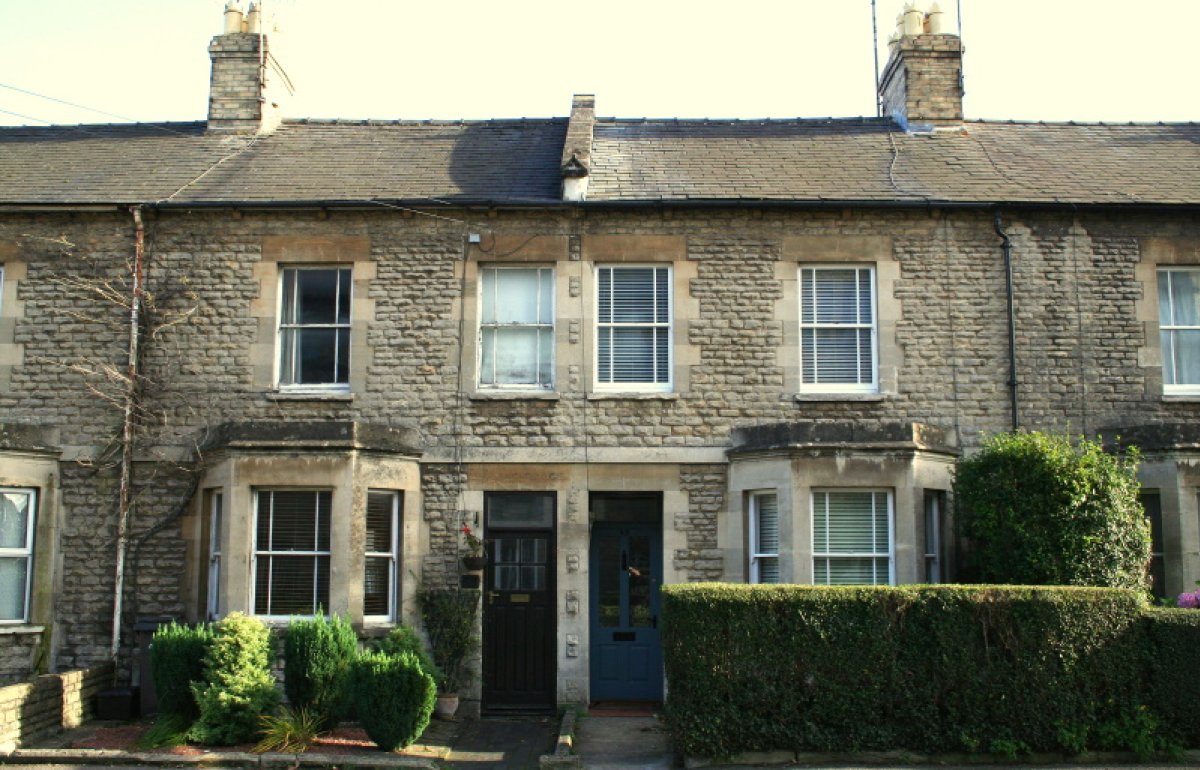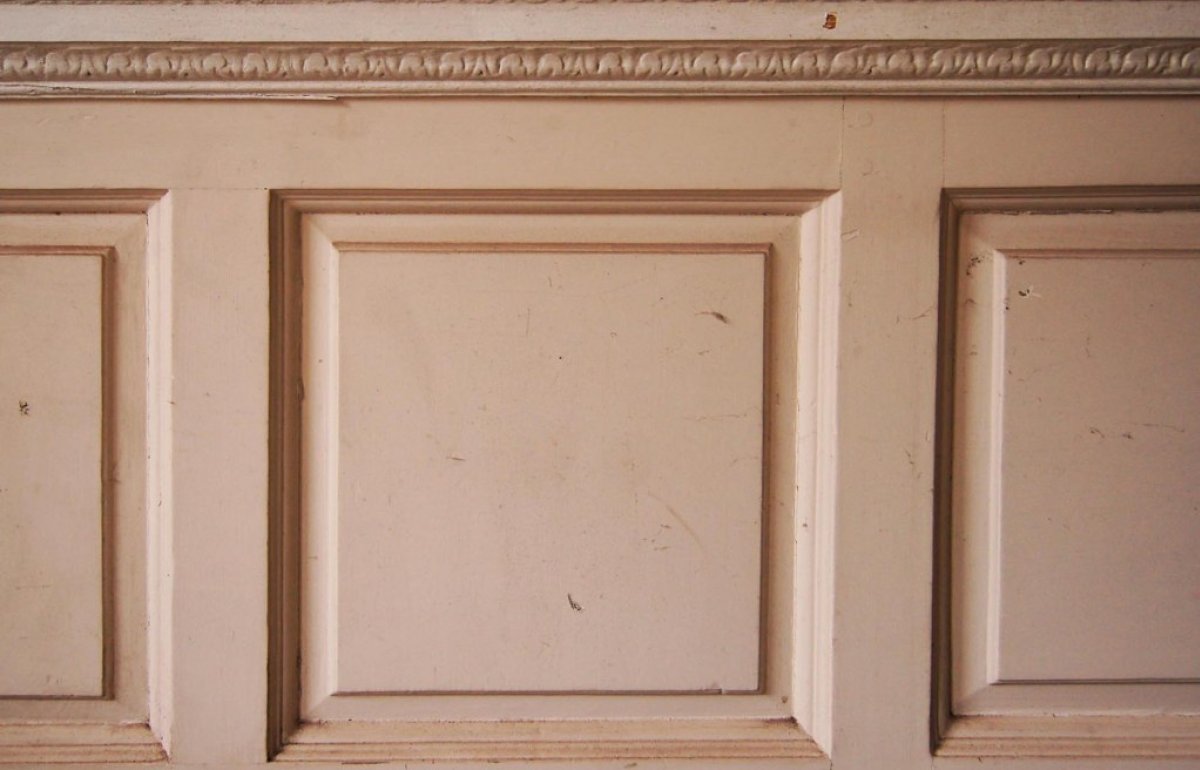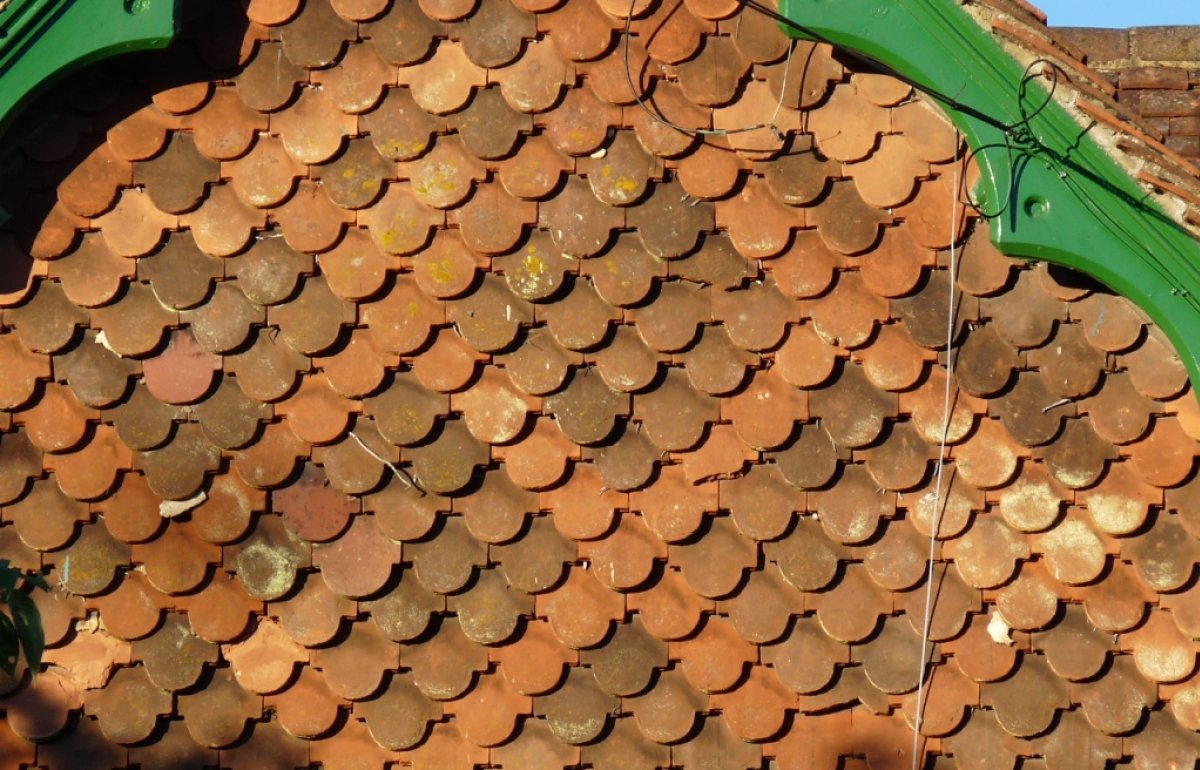Timber roof structures
High up, largely out of site, is some of our oldest wood craftsmanship. This article explores why timber roofs are worth conserving.
Why are old timber roof structures worth conserving?
There is a long tradition of using timber for the structures supporting roofs. Although construction methods vary widely, the roof structure is frequently one of the least altered parts of an old building and may provide valuable clues about its history. These range from smoke-blackened timbers where a medieval ‘open hall’ preceded a chimney, to remnants of early painted decoration and evidence of smoke bays or louvres.
Many early roofs also constitute fine examples of craftsmanship. Jointing is often exemplary and features such as crown posts, moulded beams and traceried spandrels may be found.
What problems typically arise with old timber roof structures?
Defects are frequently down to poor maintenance, unsuitable alterations or inadequately sized timbers and fall into two main categories:
- Decay from beetle or fungal attack due to dampness (as when pipes or roofs leak or insufficient ventilation causes condensation). Rafter feet, wall plates and the ends of tie beams are especially vulnerable.
- Distortion (for example, where tie beams are inappropriately cut for extra headroom or water tanks cause overloading). This is generally not of concern, however, where movement has been arrested. Undulations in a roof can add to its quality and character.
Presumably it is better to repair rather than replace old roof timbers?
The repair of old roof timbers is preferable to their replacement. Work is best undertaken when the roof is stripped. However, consult a structural engineer where necessary and leave only minor repairs to roofers. While conventional carpentry techniques will frequently be suitable, strengthening using steel may be justified where it allows more timber to be retained than would otherwise be possible. Use resins and consolidants only with great care. Occasionally, over-roofing a seriously defective frame with a completely new structure above might be acceptable.
When planning roofing work, seek advice from the appropriate statutory nature conservation organisation if bats or nesting birds are present.

What might carpentry repairs to a roof structure entail?
Where serious decay exists, a section of matching new timber can frequently be scarfed in. The joints are held with pegs or stainless steel bolts. Oak for repairs should generally be ‘green’ (unseasoned) but not freshly felled. Use fully seasoned timber for softwood roofs or complex repairs to carved oak. Maximise the retention of existing mouldings on horizontal members, however, by placing the short length of the scarf lowermost .
Where more extensive timber replacement is required, all principal timbers should have the date of repair inscribed on them, ideally with the carpenter’s initials.
How might an old roof be strengthened?
Techniques for providing better connections, extra support to individual timbers or adequate bracing can entail the use of timber or metal. A simple way of improving rafter-rafter joints at the ridge is with short boards spanning across. Rafter/collar, rafter/wallplate and tie beam/wallplate connections can be improved with steel plates, angles and straps respectively. If mild rather than stainless steel is used, it should be galvanised or painted with a rust-inhibiting primer.
Steel flitch plates may be inserted into fractured or weakened tie beams. Rafters can sometimes be reinforced with additional timber ‘splinted’ alongside.
Strengthening may be unnecessary where roof old timbers are over-sized, though, or when sarking boards or generously-sized laths are used.
Should old roof timbers be treated against insect or fungal attack?
Where active decay exists, the first priority is to eliminate causes of dampness and promote drying. Chemical treatments are frequently unnecessary and should only be used judiciously where justified as a secondary measure, for example, when it is hard to cut moisture levels sufficiently. Degraded surface material should not be removed (‘defrassed’) without good reason. Serious mutilation can result.
Keeping roof spaces clear of rubbish and debris discourages decay. Timbers may be vacuumed or brushed down – though take care not to remove any medieval smoke blackening or evidence of early decoration that is of archaeological value.
Ridout, B (2015) Timber Decay in Buildings and its Treatment, Broome: Scientific and Educational Services Ltd



